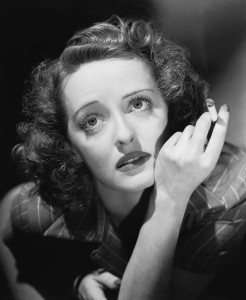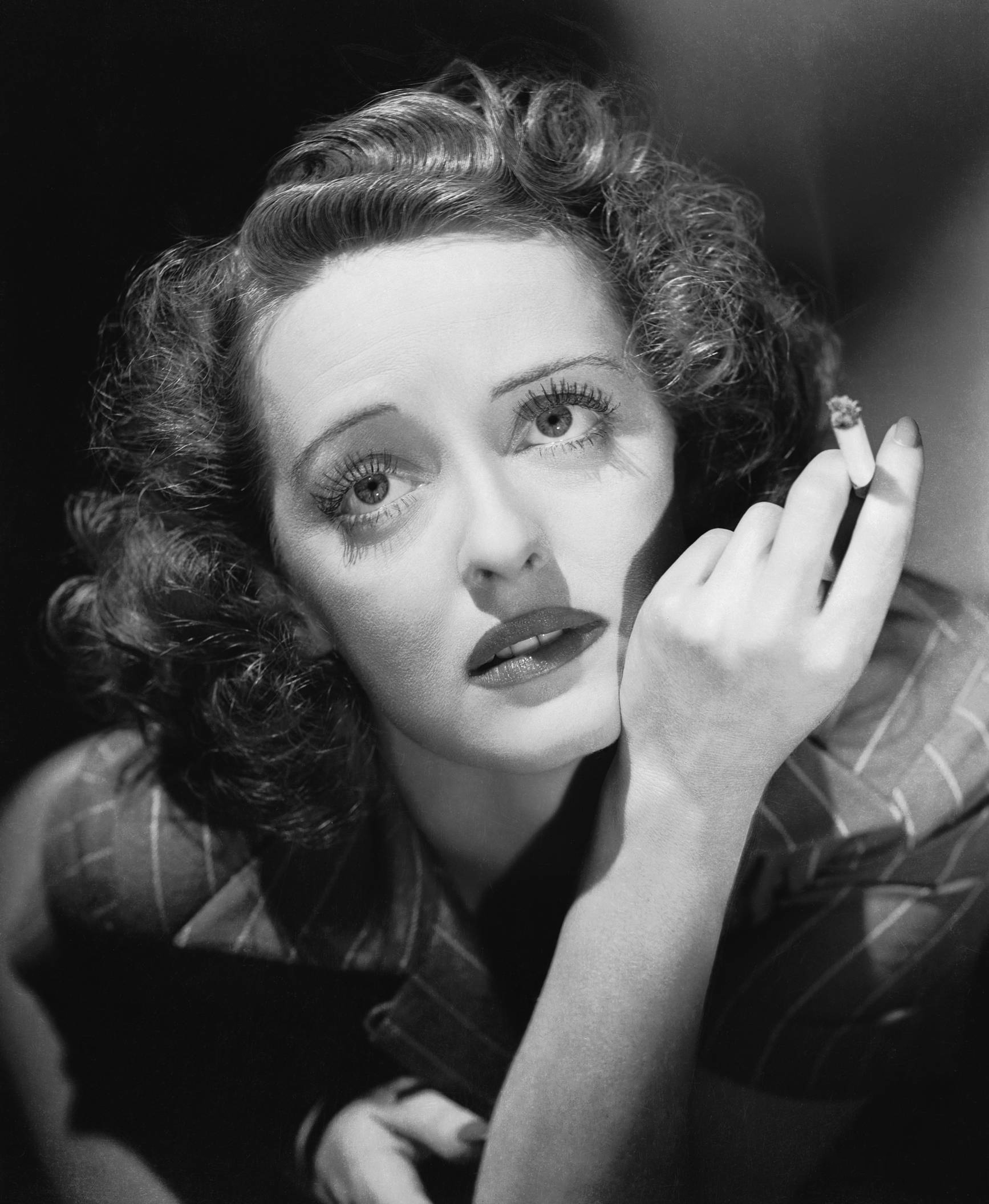BETTE DAVIS’ presence in the skyline of stars idolized by gay men remains as bright as Garland’s. Her wide-eyed film roles from the 1930s and ’40s, ranging from a sexually repressed spinster in Now, Voyager to an outlandish social pariah in Jezebel, have been re-appropriated in gay culture as the performances of an icon embodying rebellion and transgression. (Who could forget Elizabeth Taylor’s rants about Davis’s contemptuous “What a dump!” line in Who’s Afraid of Virginia Woolf??)
The urban legends surrounding Davis are equally rich: how she battled Warner Brothers in and out of the courtroom; her longstanding, bitter rivalry with Joan Crawford; and her seemingly desperate attempts to resurrect her career with All About Eve in the ’50s and What Ever Happened to Baby Jane? in the ’60s (news flash: both were wildly successful).
 This is what has become the stuff of legend for many gay men. While the queerness of Davis’ stardom has been deconstructed post-structurally for ages, what has been neglected are the subliminal subtexts of some of her pictures pertaining to the closet. In the case of Edmund Goulding’s 1939 Dark Victory, we can see Davis as one of the first women to struggle onscreen with the coming out experience.
This is what has become the stuff of legend for many gay men. While the queerness of Davis’ stardom has been deconstructed post-structurally for ages, what has been neglected are the subliminal subtexts of some of her pictures pertaining to the closet. In the case of Edmund Goulding’s 1939 Dark Victory, we can see Davis as one of the first women to struggle onscreen with the coming out experience.
Nathan Smith is a writer on gay culture and Hollywood based in Melbourne, Australia. He maintains a website closetsthatmatter.com.







